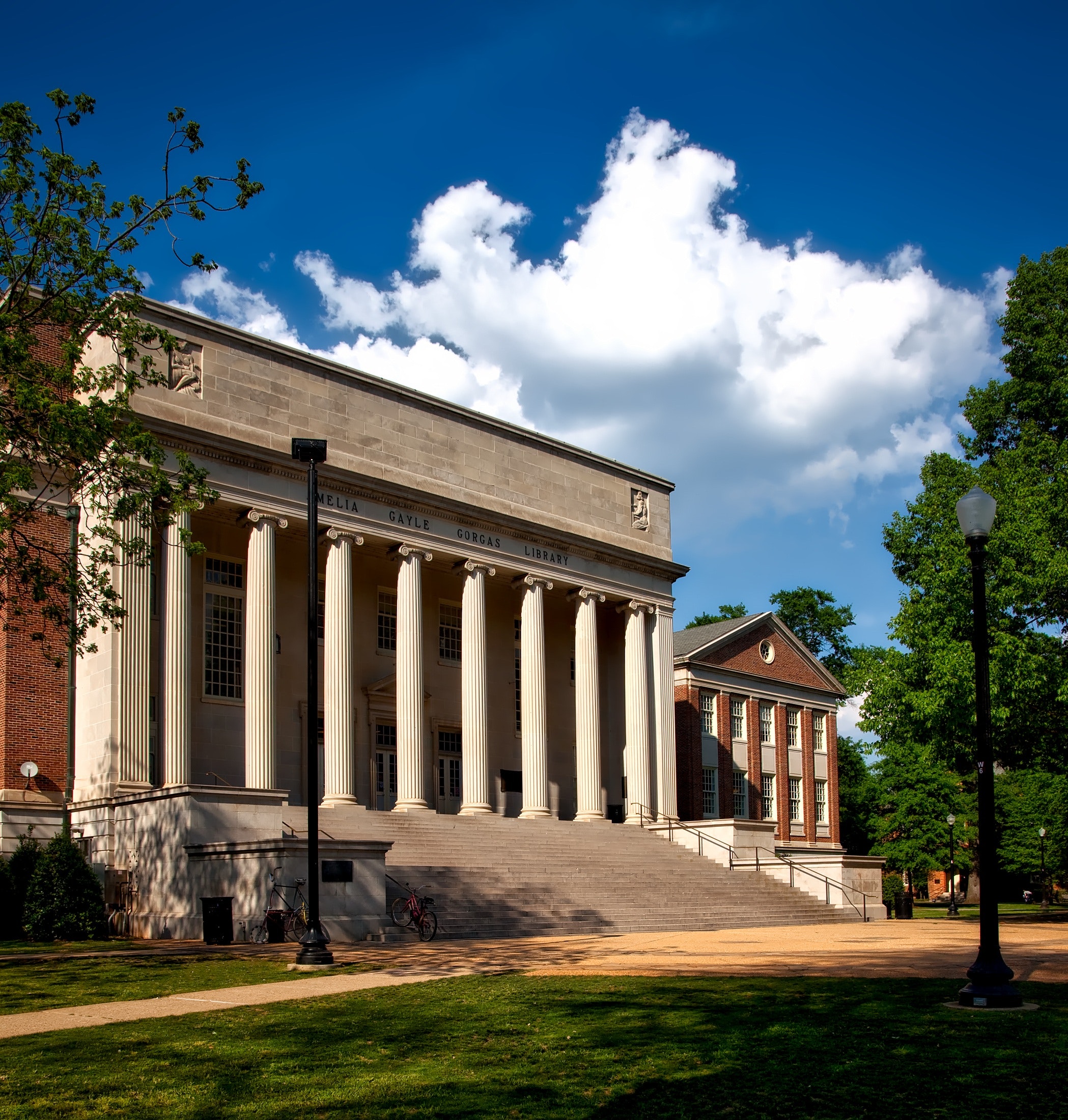
This time of year usually finds high school students on college campuses across the country learning what they do and don’t like in a university. The college search process looks very different this year, but that doesn’t have to stop students from conducting useful research. A good starting point is learning the different types of universities. First up: Liberal Arts Colleges (LACs).
First, you don’t have to be a socially or politically liberal art enthusiast! All kinds of people study at LACs. In this context, “liberal” refers to wide-ranging, which means you will have the opportunity to explore many subjects and specialize in at least one major subject. While studying the arts is an option, you can also study subjects across the humanities, sciences, social sciences, and even business, education and engineering.
Throughout years of traveling internationally to meet students and families, we’ve heard misconceptions like this often. Even if you’re familiar with the term “liberal arts college,” it can sometimes be misconstrued. To help, here are five defining characteristics of a liberal arts college experience:

Jamie received a BA from University of Mary Washington and an MA from George Mason University. Jamie has admissions experience at four universities, including UC Berkeley. He previously was a college counselor at a private school, and is an IECA Member.

